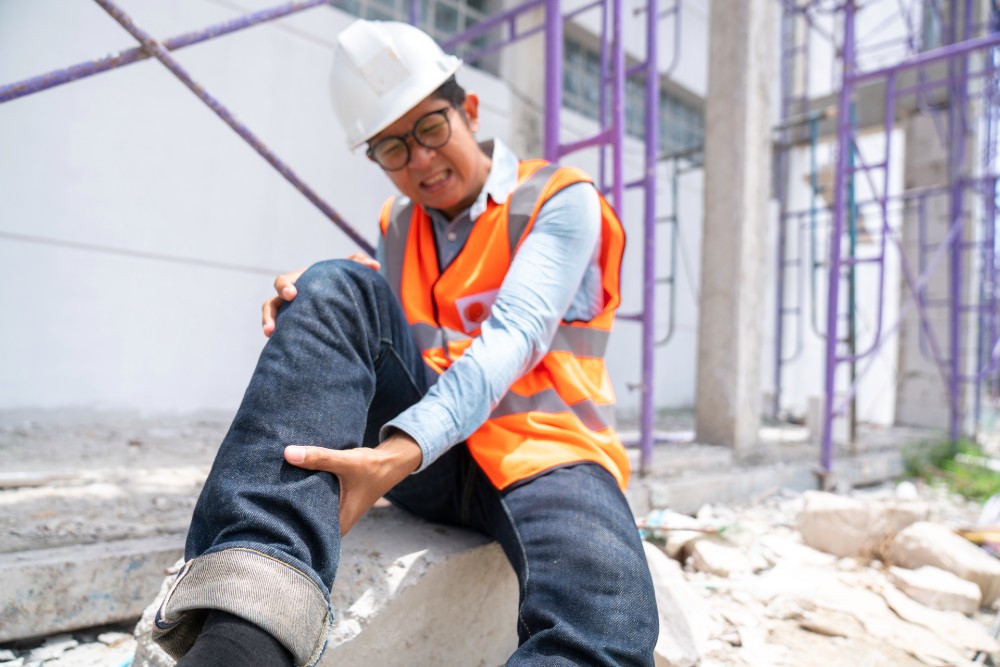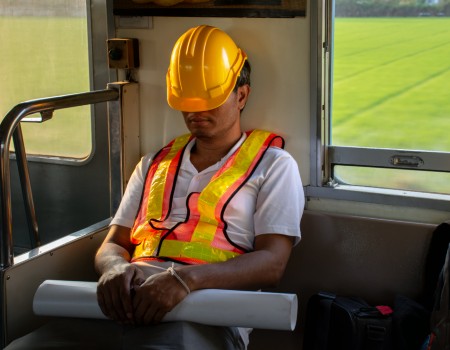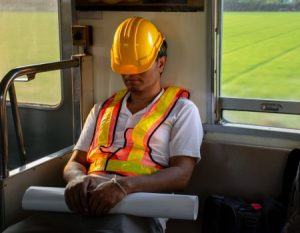
Accidents or injuries on site are best prevented by adopting positive behaviours and attitudes which keep everyone safe – good communication, avoiding making assumptions and being cooperative with colleagues for instance.
That all sounds pretty obvious, however in practise things can easily go wrong when workers lapse into bad practices. Last week, we took a moment to look at one of the big issues that can cause accident or injury on site – rushing.
Here’s three more issues to be aware of:
1. Frustration
 It’s very rare to come across someone who says they never get frustrated or annoyed at work. If this is you, we’d love to hear your secret!
It’s very rare to come across someone who says they never get frustrated or annoyed at work. If this is you, we’d love to hear your secret!
The problem on a building site is that feelings of frustration can quickly lead to behaviours that result in accidents or injuries. This can be avoided.
First of all, create a workplace that prevents frustration from developing. Think about all the things that make people feel frustrated – poor procedures, bad communication, wrong or insufficient materials being delivered perhaps. Then put systems in place that help to overcome these problems – developing clearer policies or adopting improved channels for team communication, for example.
Secondly, supervisors need to be aware of how workers manage their frustration. Not all situations can be managed and controlled but emotions can be kept in check. Help people to turn negatives into positives whenever possible.
2. Fatigue

 Fatigue greatly reduces production and performance while increasing the likelihood of accident or injury.
Fatigue greatly reduces production and performance while increasing the likelihood of accident or injury.
A tired driver is said to be as dangerous on the road as a drunk driver and the same can be said for a construction site worker, particularly if they are operating machinery.
It is very important for job site management to keep watch and identify when a worker is fatigued, then take corrective action.
Things to be aware of include setting unrealistic schedules/deadlines which might encourage people to work overly long hours, heat stress and long travel times.
Be sure that deadlines are realistic, goals are attainable and fatigue is avoided via regular breaks.
3. Complacency
Complacency can be the most dangerous mindset that results in an injury or accident.
People often believe (falsely) that they are invulnerable to accident because they are experienced on the job and know exactly what they are doing.
However, accidents can happen to anybody at any time.
Attitudes like complacency, boredom, having a false sense of security or making assumptions are all the result of poor training and following bad practices, which leads to critical errors and increases the probability of accidents.
When such attitudes are spotted, management should intervene quickly – making sure workers are aware that, no matter how many times they’ve carried out a particular task, they must remain focused and tuned into the associated risks. Particularly look out for situations where people appear not to have their eyes or mind on the task, are about to walk into the line of fire or display physical concerns like losing balance, traction or grip.
Your ‘stay safe’ summary
Frustration, fatigue and complacency are all big contributors to accidents and injuries in construction. Stay safe by:
- Adopting a positive mindset
- Using your company’s systems which work well and reporting those which don’t so they can be overhauled
- Communicating clearly and in a timely way with colleagues
- Watching out for signs of fatigue
- Setting realistic schedules, goals and deadlines
- Never making assumptions on the job
- Never dismissing the risks associated with your daily tasks
- Remembering that experience does not make you invulnerable to accident or injury.
Share your best tips for avoiding these kinds of problems with us on Facebook or LinkedIn.
25.02.2020
Image source: Freepik








